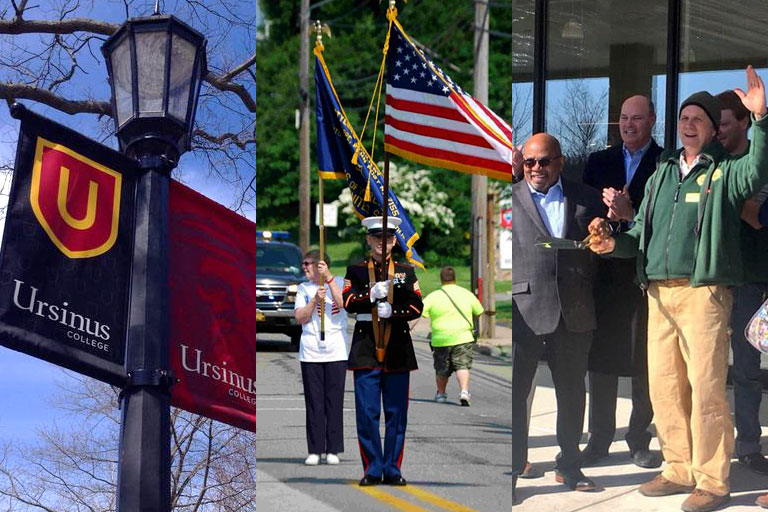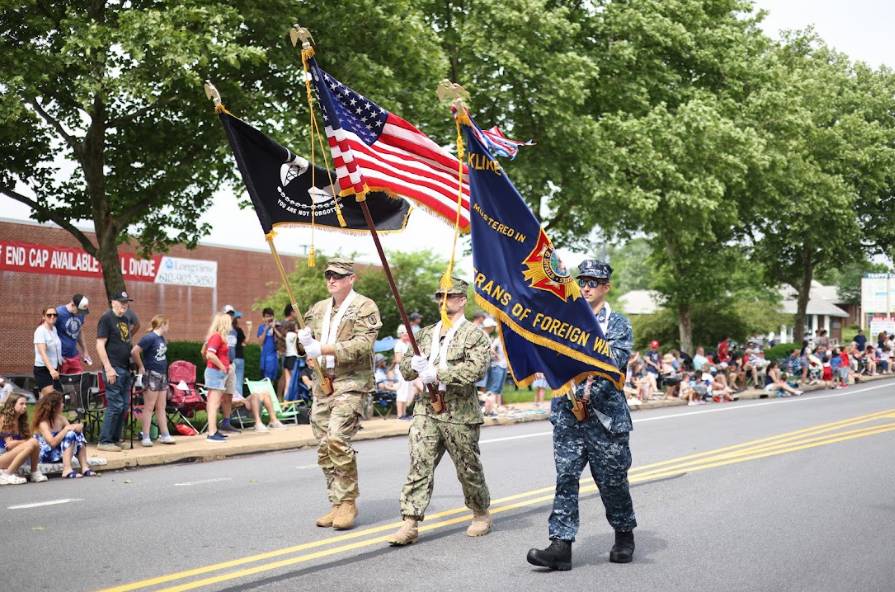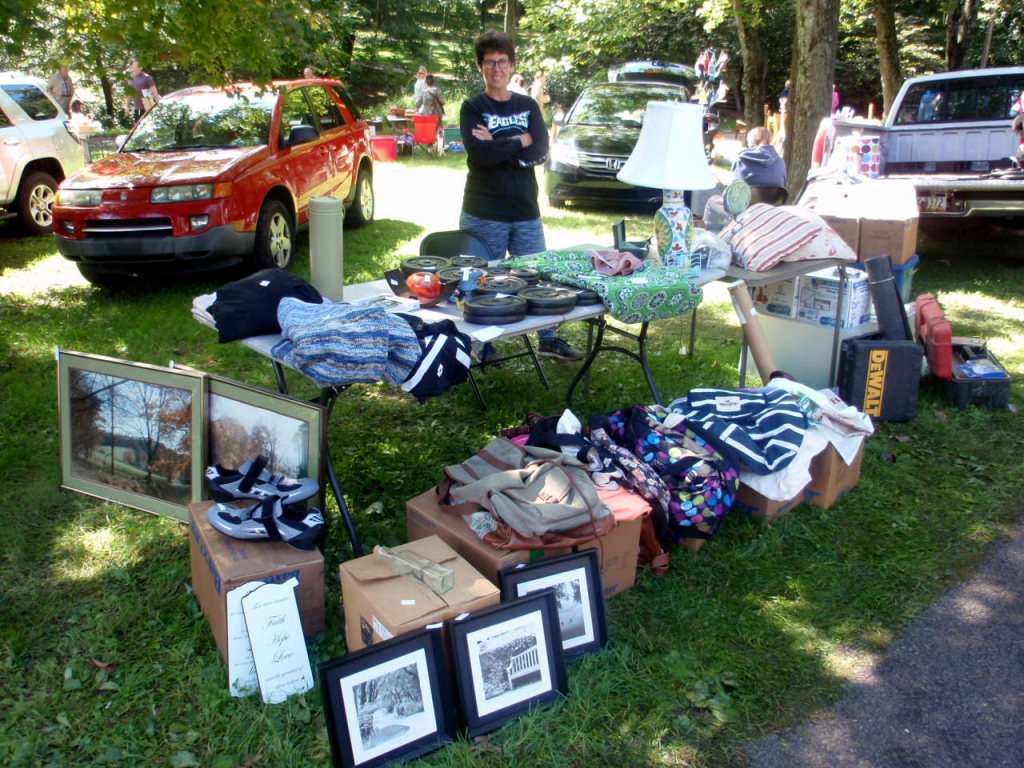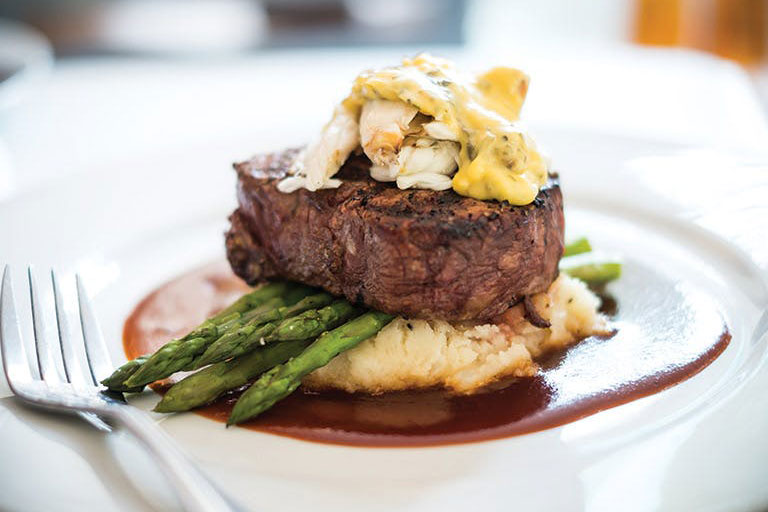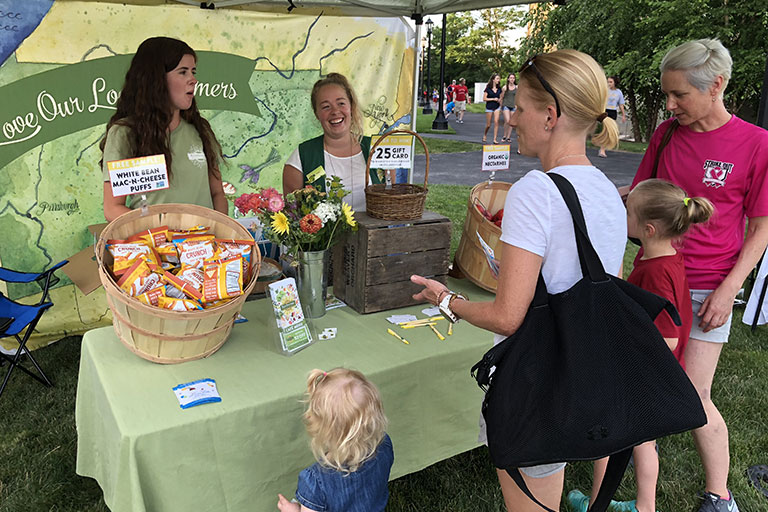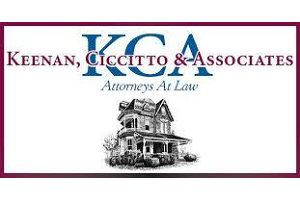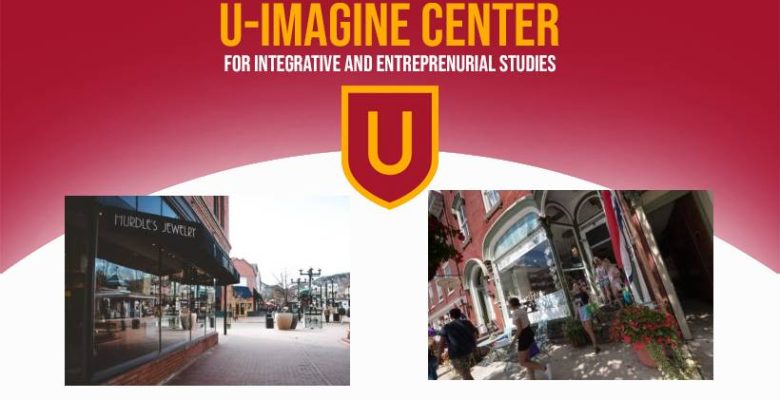
Since last fall, students from Ursinus College’s U-Imagine Center have been researching how to make Collegeville’s Main Street and the connecting shopping centers into more vibrant business districts. Led by U-Imagine’s Entrepreneur in Residence Maureen Cumpstone, the students :
- reviewed information from America’s “50 Most Successful College Towns,”
- researched 10 liberal arts and peer institutions,
- studied many revitalization plans, and
- interviewed economic development experts.
On Feb. 24th, students Alix Segil and Michael Margargee presented to the members of the Borough’s Business Development Committee (BDC). Their results showed that the business districts of the most successful college towns shared these important traits:
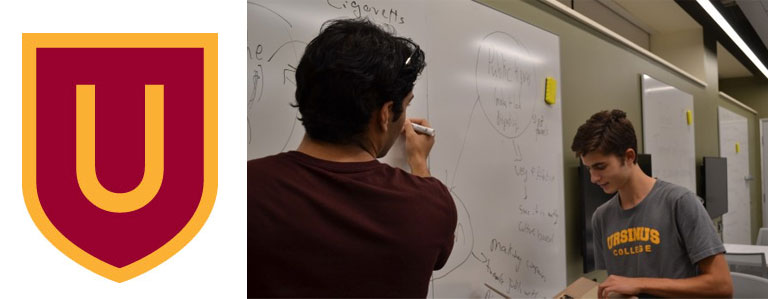
High business density
95 percent of the business districts’ stores were located right next to each other, and followed the principle of “access and linkage”—clustering small unique businesses closely together near college campuses. About 87 percent of the stores were independent and small businesses, and the business district was highly walkable. This density creates a compact shopping and entertainment district with the perception of lots of retail and other exciting options.
An attractive anchor

That “anchor” could be a lively community and public space, or other attribute which spurred activity and attracted people to the town. In Eugene, OR, the anchor was the town’s proximity to outdoor recreation, biking, hiking, camping. An anchor could also be a treasured arts theater, bowling alley, or something else that was special that drew people to the area. Or the anchor could also be the College itself. For example, Ursinus ranks high on having a beautiful campus which could be promoted. The Perkiomen Trail, which runs through the borough, and the creek itself could also be seen as an anchor and a way to escape to nature.
A unique character
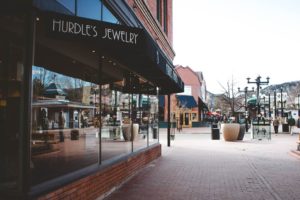
Roughly 94% of the college towns possessed something unusual that was a draw. For example, their commercial buildings might be quirky, and that quirkiness was part of the town’s charm. One of Boulder, CO’s main attractions was Pearl Street, a highly walkable four-block area lined with restaurants and specialty shops. Or the town could be unique in other ways, such as known for the arts, its summer beer gardens and fall Oktoberfest. This uniqueness was different for every town.
Less dependence on student economics
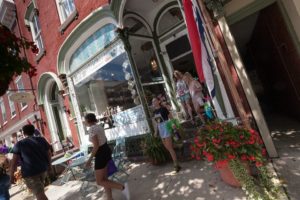
Liberal Arts College towns in general had 10 percent more business diversity, with more places to shop and hang out with varied price ranges attracting residents as well as the students. At Dickinson College, a highly popular noodle shop Issei Noodle was a favorite of students and residents. Students enjoyed the food at a cheap price, and they would stay and study there. Successful college towns also often had small boutiques, unique retail, and farmers markets.
A high safety focus
The Liberal Arts College towns also had a 13 percent higher safety focus and 7 percent more independent/small businesses. Unfortunately for the students, those towns also had 16 percent less nightlife. Collegeville’s business district needs to be patronized by the residents year-round so it is not adversely affected when the students go home for the summer.
More advantages
The students noted that revitalizing Collegeville’s business districts would boost quality-of-life, increase prosperity, spur business development, repurpose empty buildings, reflect the history of the community and promote civic pride and community involvement. The students pointed out that “In Collegeville, we have Ursinus College and a beautiful trail. We need to define our anchor, and we need to have some strong draws to establish the town as a regional destination. We need more nightlife, and more public spaces. And (walkability is) also important.”
Regional Transportation
The students also told the committee that their research showed that when “anchors” are further away, other colleges offered transportation options to get the students to their anchors.
When asked what their biggest complaints were about Collegeville, the students stated that without a car, the Collegeville Diner was the furthest that they would walk. “There is not enough commercial businesses or business variety for students.” They would like cafes open from 9 to 5 p.m. to study there, and restaurants/bars that are open late. Sidewalks are also not in good shape. (Note that cafes, restaurants/bars, and walkability also ranked high in 2 CEDC surveys.)
Big vs Small College Town
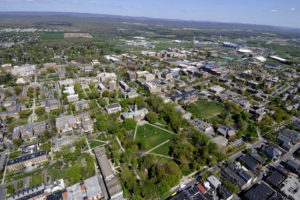
The research further found that in a town with a big school like State College and Penn State University, the campus drives the economy. In a town with a small liberal arts college, the economy is driven by the community. Some already had a downtown, some built one. But the community, albeit working with the college, needs to initiate and drive the development. Business density then needs to hit a tipping point in order for the town to become a vibrant destination.
The Business Development Committee will be incorporating the students’ findings into Collegeville’s Revitalization Plan
Created in January 2018, the Borough of Collegeville Business Development Committee oversees economic development and business recruitment in the borough. It is made up of volunteers from the borough and administered by a Borough Council member.
The CEDC website does not allow comments. We encourage you to use the ShareThis social share buttons at the top of the page to post this to your social media account or email and comment there.

You may voice your opinion to the editor at [email protected]. Your message to the editor will not be published.

